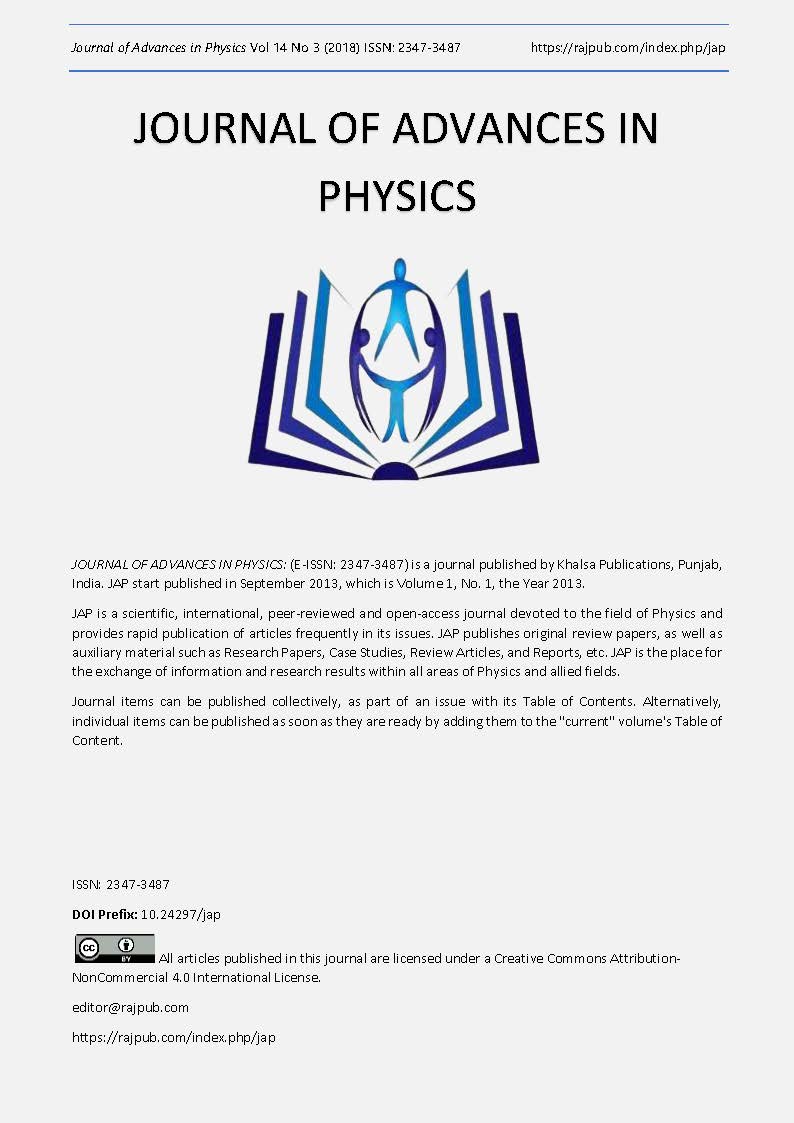Influence of Low Ti-Element Additions on The Microstructure, Melting Properties and Creep Behavior of Sn-Ag-Cu Lead Free Solders
DOI:
https://doi.org/10.24297/jap.v14i3.7834Keywords:
SnAgCu lead free solder, Creep properties, Thermal properties, Microstructure, Ti-addition, Activation energyAbstract
Sn-3.5wt.%Ag-0.5wt.%Cu is one of the alloys considered for replacing SnPb solder alloys in electronic ambiance. In the present study, the effect of minor additions of Ti (0.25, 0.5, 1.0 wt.%) on the microstructure, creep and thermal properties of Sn-3.5wt.%Ag-0.5wt.%Cu lead free solder alloy are investigated by means of scanning electron microscopy (SEM), x-ray diffraction (XRD), creep tests and differential scanning calorimetry (DSC) thermal tests. Results showed that the addition of different wt.% of Ti refined the grain size of the solder alloys. The microstructure parameters obtained from x-ray analysis represented by lattice parameters (a,c), axial ratio (c/a), residual strains (?a/a? & ?c/c?), peak height intensities and crystallite size of some crystallographic planes were found to be sensitive to Ti - additions, applied stresses and working temperatures. The morphological studies using SEM showed refinements of Ag3Sn, Cu6Sn5 and Ti2Sn3 (IMCs) in ?-Sn matrix. Thermal analysis showed that Ti - additions slightly affect melting temperature and pastry range. In terms of creep behavior the addition of 1wt.%Ti gave the highest creep resistance with respect to the others, due to fine dispersion of IMCs. The stress exponents (n) and the activation energies (Q) indicated that the dominant creep mechanism is dislocation climb over all temperature ranges
Downloads
Downloads
Published
How to Cite
Issue
Section
License
 All articles published in Journal of Advances in Linguistics are licensed under a Creative Commons Attribution 4.0 International License.
All articles published in Journal of Advances in Linguistics are licensed under a Creative Commons Attribution 4.0 International License.




